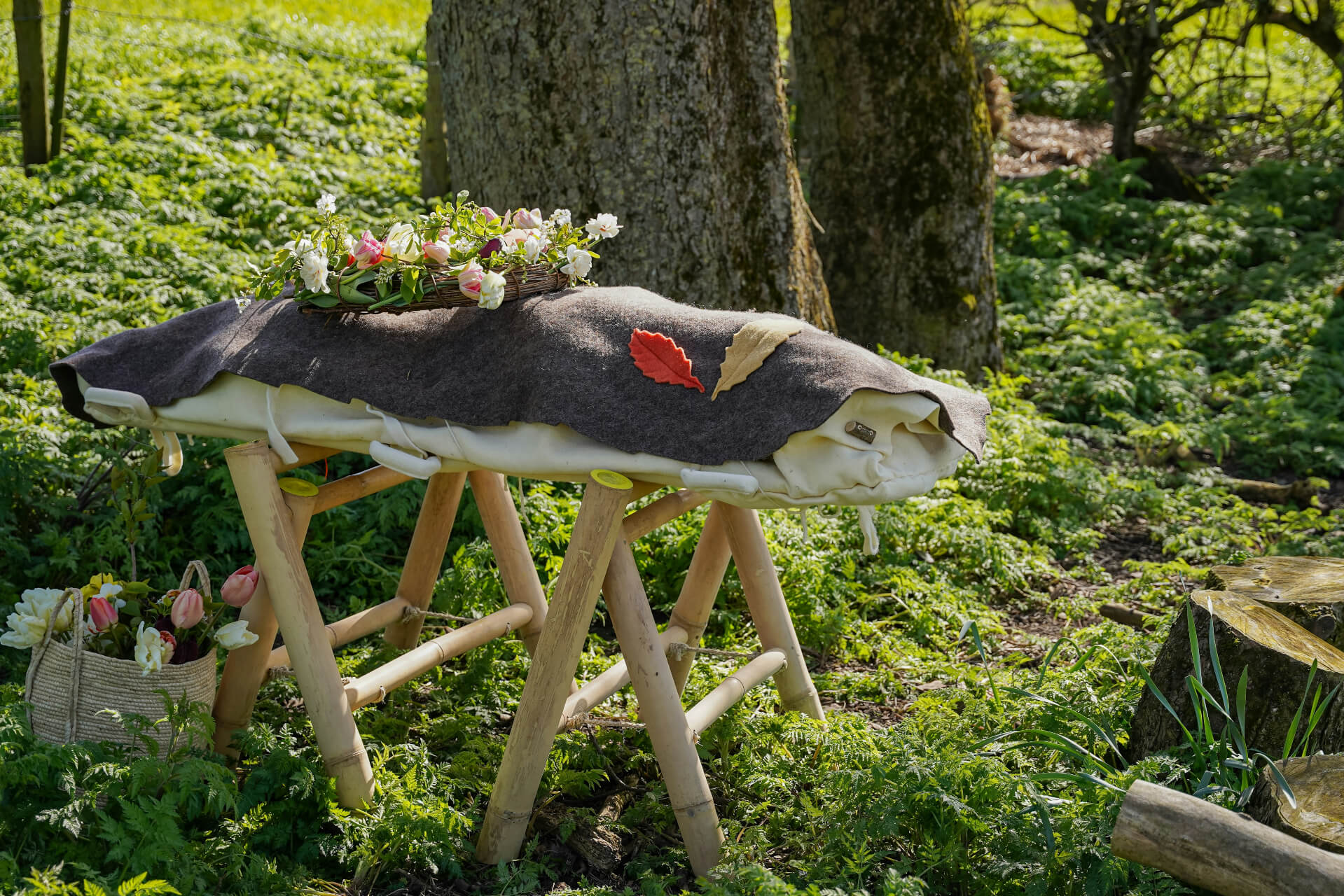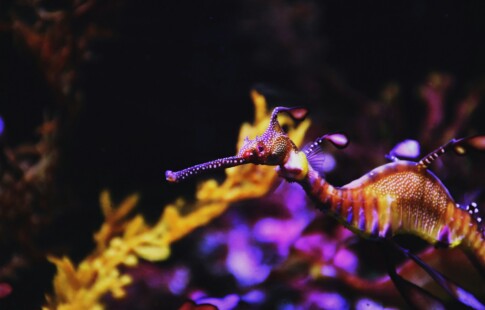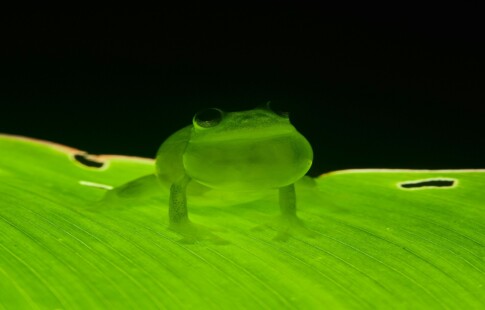
10 Eco-Friendly Funeral Options for Greener After-Death Care
We are reader-supported. When you buy through links on our site, we may earn affiliate commission.
Most people don’t like to think about death so early in their lives, but the death-positive movement and green burial trends are taking the world by storm. They are making people of all ages think critically about how they want their bodies cared for after they die, especially in ways that combat the deceptively harmful climate impacts of traditional funeral enterprises. Eco-friendly funeral options exist to reduce the amount of pollution and carbon emissions you make — which you should still care about after you’re gone.
The Environmental Impact of the Funeral Industry
A priority of the funeral industry is to take care of the dead in ways that give them respect. Unfortunately, these practices have depleted the Earth of resources and polluted it with more. The most popular burial options, including standard burial in caskets and cremation, each have a massive footprint that requires people to think about their after-death wishes more eco-consciously.
A green burial is a generalized term for any funeral option that is more eco-friendly. It combats traditional funeral practices in the U.S., which:
- Require 64,000 tons of steel.
- Use 1.6 million tons of concrete.
- Expend four million gallons of embalming fluid.
- Take up countless miles of land.
The materials do not biodegrade underground. Many caskets include embellishments or other fixings, like paint, which let other toxins into the soil. Because of this and the number of visitors graveyards receive from loved ones, cemeteries use copious resources for land maintenance. Tons of energy go into watering the property, cutting grass, and attempting to handle trash.
This is why environmentalists are instigating a call to action — activism for climate change doesn’t stop after you die.
10 Eco-Friendly Funeral Options
Here are some creative ways to minimize the environmental impact of your funeral. You’ll have to talk to after-death care specialists during the planning stages, as only some options may be available or legal near you.
1. Water Cremation
Water cremation goes by several names, including aquamation or alkaline hydrolysis. Instead of burning the body like fire-based cremation methods, a mixture of water and alkaline chemicals dissolve the body’s tissues. It leaves the bones behind, which are ground. It uses far less energy than traditional cremation.
2. Green Burials in Biodegradable Materials
You can still bury the dead, but it should consider how the vessel could return back to the earth in a productive way. People who choose this method are buried in a cardboard or other biodegradable casket. Alternatively, they could forgo a container altogether and use a shroud made of linens. These decompose over time and renourish the soil.
3. Natural Burial Grounds
Planners can also choose their location more thoughtfully. Conventional cemeteries use tons of harmful practices to preserve what is already there. Natural burial grounds look like regular meadows or fields. There are no gates, headstones, other other imposing structures. These regions are protected and taken care of so the soil can foster decomposition instead of preventing it.
4. Living Memorials
A living memorial might be the best way to represent someone if you want to have a physical fixture to represent a legacy without participating in the toxicity of the funeral industry. The idea of a headstone could be a comfort, like a landmark to their life.
However, consider park benches you have seen with people’s names on them as a dedication. This provides a service to the community, which is more practical and impactful than mining and carving stones to collect debris. Many chose to do this in response to the September 11 tragedy in the U.S.
5. Mushroom Shrouds
A groundbreaking TEDTalk hit the internet in 2016. Innovator Jae Rhim Lee introduced an idea to the world that could change how people are buried. Lee proposed wrapping bodies in mushroom death suits, shrouds made of spores and microorganisms. It serves multiple purposes, including neutralizing toxins and encouraging decomposition to help plants and soil get the nutrients they need.
6. Donation to Science
If you have a condition that could help the medical field unveil new research, consider donating your body to science. Once they get as much information as they can, you can combine this strategy with another eco-friendly funeral option. This ensures the way the scientists dispose of the remains after the investigation is still in compliance with your environmentalist wishes.
7. Eco-Friendly Urns
Instead of traditional urns which are sometimes made from unethically harvested materials, consider eco-friendly options. You can find locally sourced clay that doesn’t exploit any workers. You can also transform the urn into something living, by using remains resourcefully to grow new plants.
8. Memorial Reefs and Sea Burial
Throwing remains into the ocean is generally not a good idea. However, there are ways to connect with the seas after death in a more eco-friendly manner. Remains can be refashioned into objects to contribute to artificial reefs, which support aquatic life as they trudge through coral reef bleaching and disappearance.
9. Human Composting
Much like how people compost food scraps to feed their garden, it is possible to use human remains to do the same. There are numerous moral and ethical quandaries related to this strategy, such as composting multiple people together. However, there are some facilities that can support this to bring life out of death. This is not widely available because of how contentious it is, but states like Colorado and Oregon have started the trend.
10. Become a Tree
Whether you use an eco-friendly urn, go to a natural meadow, or go through composting, you can make your impact even greater by supporting life beyond yourself. Become a large tree in the middle of a city or in your favorite park. You can sequester carbon, provide essential shading, and encourage biodiversity long after you’re gone.
The Most Eco-Friendly Funeral Options
Many of these have their pros and cons, but they are better than contaminating the planet in a way we can’t influence after we die. After-death planning should be considerate of future generations because even though we aren’t around, the way we hold a funeral leaves a mark. The funeral industry is only getting more creative by finding ways to decarbonize and remove pollutants from the process — maybe they will unearth a new strategy by the time you’re forging your path.
Share on
Like what you read? Join other Environment.co readers!
Get the latest updates on our planet by subscribing to the Environment.co newsletter!
About the author
Maria Visser
Maria serves as the Assistant Editor of Environment.co. A true foodie and activist at heart, she loves covering topics ranging from veganism to off grid living.





